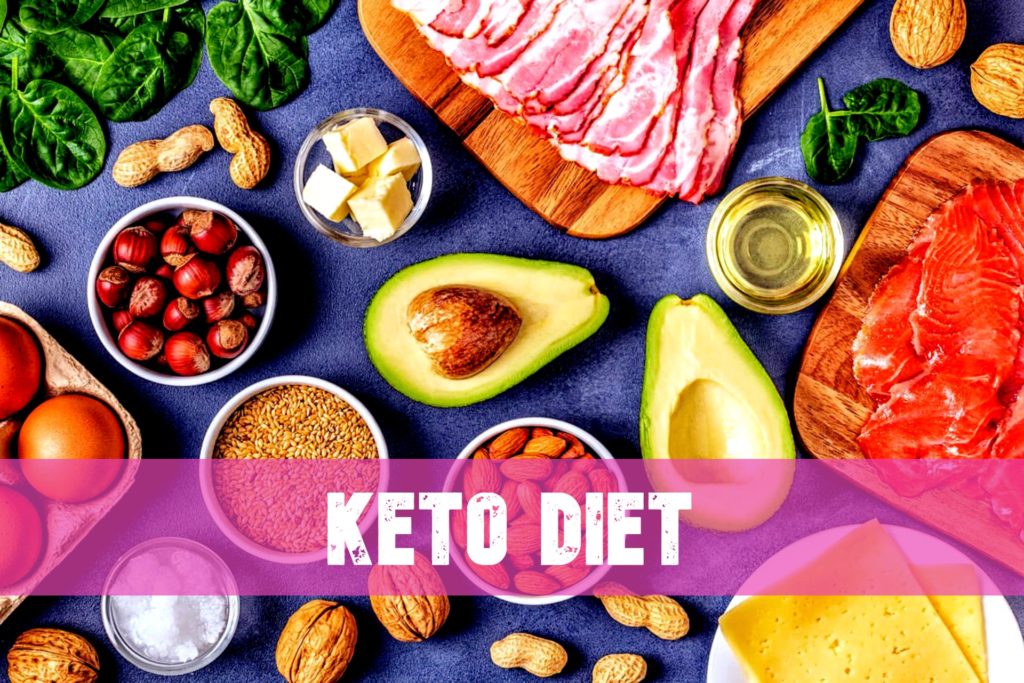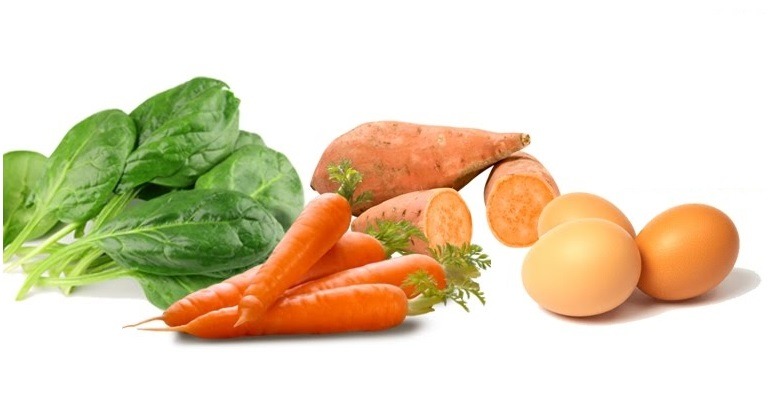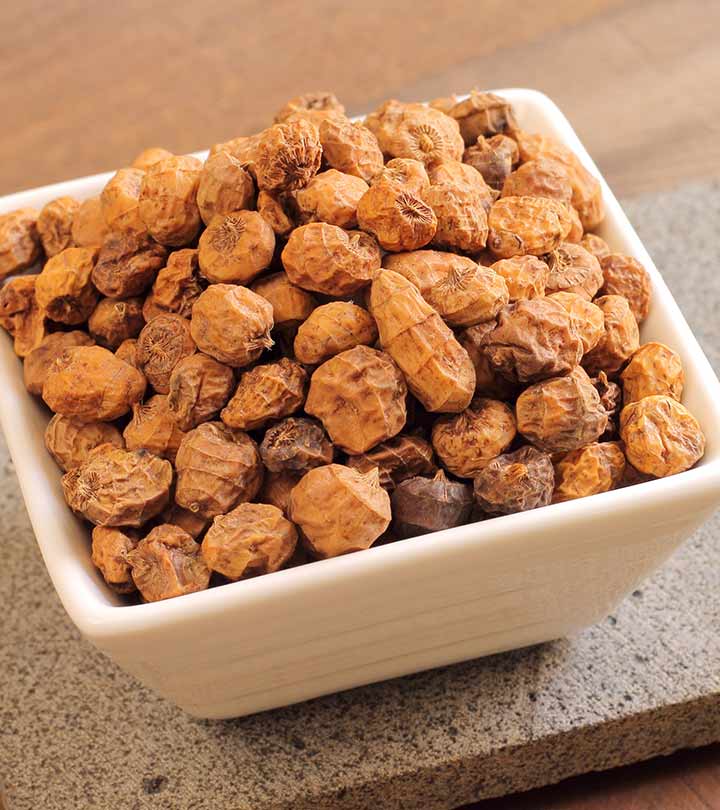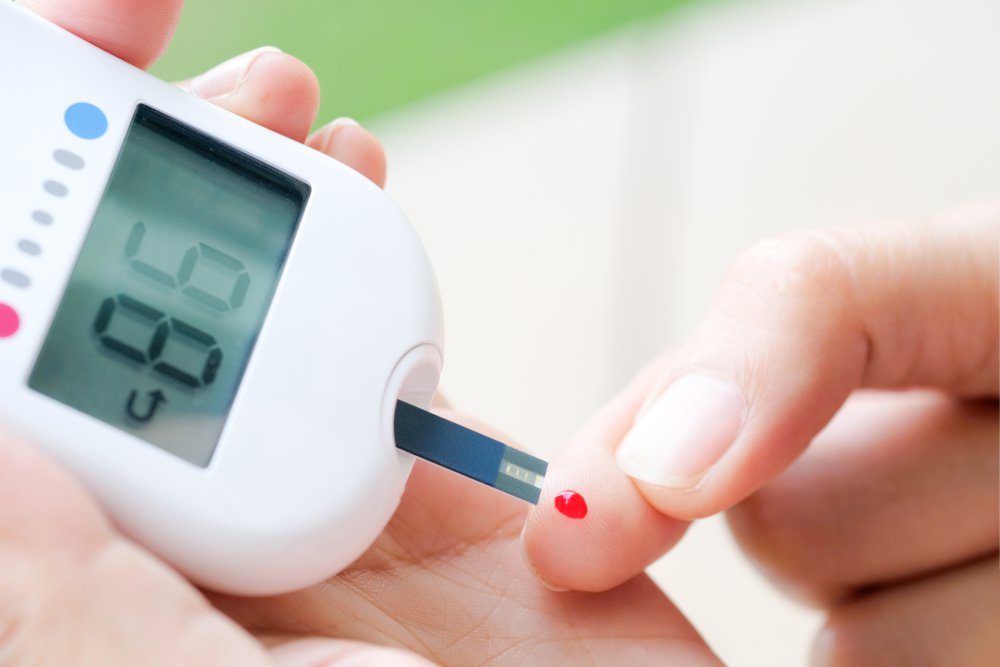The keto diet is a low-carb, high-fat diet that has many health benefits for your overall well-being. Numerous studies have shown that this diet can help you lose fat and improve your overall health.
Even Keto diets could have benefits against cancer, epilepsy, diabetes, and Alzheimer’s. Here is a complete guide to the keto diet for beginners.
Keto Diet – A Beginner’s Guide
The keto diet is a low-carb, high-fat diet. It lowers blood sugar, insulin levels, and shifts body metabolism away from carbohydrates to fat and ketones. A ketogenic diet has many similarities to low-carb diets and Atkins.
It involves drastically reducing your carbohydrate intake and replacing it entirely with fat. The body goes into ketosis, a metabolic state where carbohydrate intake is reduced.
Your body will become extremely efficient at burning fat to produce energy when this happens. The liver also produces ketones from fat, which can be used to provide energy for the brain.
A ketogenic diet can lead to significant insulin and blood sugar reductions. This, in combination with the higher ketones, can have some health benefits.
Different Keto Diets
Keto diets come in different forms but, the standard (SKD), version of keto is the best and most researched. The majority of the information in this article applies to the keto diet. Many of the same ideas can be applied to other versions.
What are the main rules of the keto diet? These are some of the many versions of the keto diet, including:
- Standard Keto Diet (SKD),: This is a low-carb, high-fat, moderate protein, and high-fat diet. It usually contains 70% fat, 20% protein, and 10% carbohydrates.
- Cyclical Keto Diet (CKD: This diet includes periods of high-carb refeeds such as 5 Keto Days followed by 2 high-carb days.
- Targeted Keto Diet (TKD: This diet allows you to increase carbs during workouts.
- High-protein Keto diet: This is a similar diet to the standard Keto, but contains more protein. This ratio often includes 60% fat, 35% protein, 5% carbohydrates, and 40% fat.
But, the high-protein keto diets and standards have not been extensively studied. The targeted or cyclical keto diets, which are more sophisticated methods, are primarily used by athletes and bodybuilders.
What is Ketosis?
Ketosis refers to a metabolic state where your body uses fat instead of carbs for fuel. Your body can enter ketosis quicker by changing your diet and engaging in intermittent fasting. You can also determine if you are in ketosis by looking at certain symptoms and tests.
You can reduce your carbohydrate intake to achieve this effect. This can reduce the amount of sugar (glucose) in your body, which is the primary source of energy for your cells.
The best way to get into ketosis is to follow a Keto diet. This means limiting your carb intake to 20-50 grams per day. This is where you can get full-on fats like meat, fish, and eggs as well as nuts and other healthy oils.
You should also limit your intake of protein. Because protein can be converted to glucose, this is crucial. Consuming too much protein can slow down your progress to ketosis.
Intermittent fasting can also help get into ketosis quicker. Intermittent fasting can take many forms, but the most popular is limiting your food intake to 8 hours per day and then fasting the 16 remaining hours.
You can get blood, urine, or breath tests to determine if you are in ketosis. These tests measure the number of ketones your body produces. You may also experience increased thirst, dryness, frequent urination, decreased appetite, or increased thirst.
Keto Diet Can Help You Lose Weight
The keto diet can help you lose weight and reduce your risk of developing diseases. Researches show that the keto diet is as effective as low-fat diets for weight loss. This is often accompanied by a lower appetite. The diet is so filling, you can lose weight even without tracking calories or counting calories.
A review of 53 studies showed that a keto diet, which is very low in carbs, was more effective in long-term weight loss than a low-fat diet. The keto diet resulted in a loss of an average of 2 pounds (0.9kg) for those who followed it. This was compared to a low-fat diet.
It also resulted in a reduction of diastolic blood pressure and triglyceride. A study of 554 adults revealed that those who followed the keto diet for eight weeks lost almost five times more total body fat than those who followed a low-fat diet. The key factors may include increased ketones, lower blood sugar levels, and improved insulin sensitivity.
Manage Pre-Diabetes and Diabetes with the Keto Diets
Diabetes is characterized by metabolic changes, high blood sugar, and impaired insulin function. People with prediabetes or type 2 diabetes may benefit from the keto diet, which can increase insulin sensitivity and cause fat reduction.
The keto diet can help you shed excess fat. This is closely tied to prediabetes, type 2 diabetes, metabolic syndrome, and prediabetes. One study found that the keto diet increased insulin sensitivity by 75%.
A second study, which included 286 patients with type 2 diabetes, found that keto-followers lost on average 28.5 pounds in a two-year period. This is a significant benefit considering the relationship between type 2 diabetes and weight.
Furthermore, participants can experience improved blood sugar management and decreased use of blood sugar medication over the course of the study.
Keto Diet also has Other Health Benefits
The keto diet has many health benefits, particularly for those with insulin-related, metabolic, and neurological diseases. The keto diet was originally developed to treat neurological disorders such as epilepsy.
Numerous health conditions can be helped by a healthy diet, according to studies.
- Heart disease. The keto diet may help reduce risk factors such as body fat, HDL (good), cholesterol, blood pressure, and sugar. This diet can promote a healthy heart.
- Cancer. As a possible treatment for cancer, the diet is being investigated as an alternative. It may slow down tumor growth.
- Alzheimer’s disease. The keto diet could help slow down the progression of Alzheimer’s disease symptoms.
- Epilepsy. Research has shown that epileptic children can experience significant seizures reductions by following the Keto diet.
- Parkinson’s disease. While more research is necessary, one study showed that the diet could help improve Parkinson’s symptoms.
- Polycystic Ovarian Syndrome. The Keto diet may help lower insulin levels. This could be a key factor in polycystic ovary syndrome.
- Brain injuries. Research suggests that diet may be a factor in reducing the severity of traumatic brain injury.
Keep in mind, however, that research into many areas of this nature is not conclusive.
Keto Diet Foods
Your diet should include meat, eggs, butter, and nuts as well as healthy oils, avocados, and lots of low-carb veggies. These foods should be the foundation of most meals.
- Red meat, steak, ham, and sausage. Chicken, turkey, and bacon.
- Fatty fish: tuna, salmon, trout, and mackerel
- Eggs: Omega-3 eggs or pastured eggs
- Butter and cream: Grass-fed butter and heavy cream
- cheese: Unprocessed cheeses such as cheddar, goat cream, blue or mozzarella
- Nuts and seeds: Almonds, walnuts flaxseeds pumpkin seeds, chia seeds, etc.
- Healthy oils: Extra virgin olive oil, coconut oil, and avocado oil
- Avocados: Whole avocados or fresh made guacamole
- Low carb vegetables: Green veggies, tomatoes, and onions, as well as peppers, green beans, tomatoes, and other vegetables.
- Salt, pepper, herbs, and spices
Your diet should be based primarily on whole, single-ingredient food. Here are 44 healthy low-carb options.
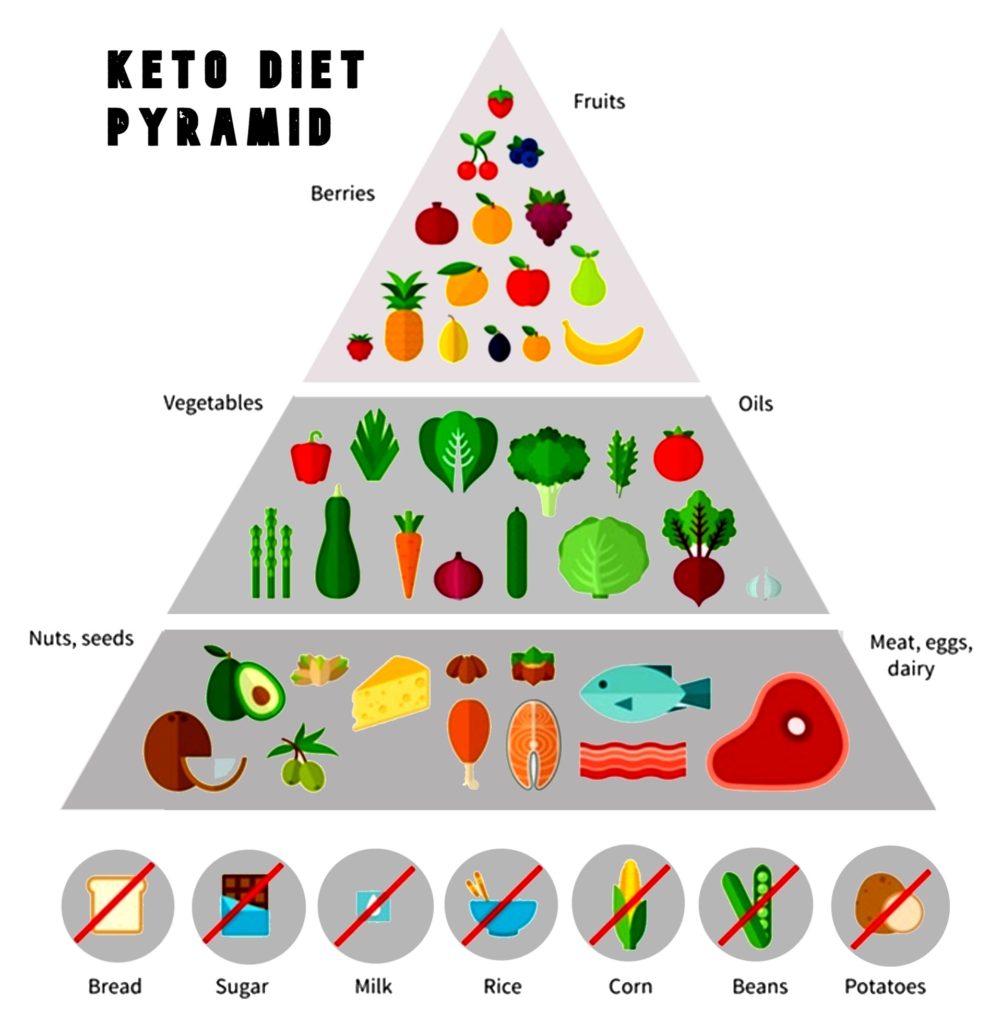
Foods to Avoid
Limit the intake of carbohydrate-rich foods. Avoid carb-based foods such as grains, sugars and legumes, potatoes, rice, sweets, juices, and most fruits.
Here is a list of foods you should reduce or eliminate from a Keto diet.
- Sugary foods include soda, fruit juices, smoothies, and cake. Ice cream, candy, and other sweetened beverages are also available.
- Starches and grains: cereals, wheat-based products; rice, pasta, cereals, etc.
- Fruit: All fruits, except for small amounts of strawberries
- beans, or legumes: kidney beans, peas, and chickpeas.
- Root vegetables and tubers include potatoes, sweet potatoes carrots, parsnips, parsnips, and others.
- Low-fat products or diet products: Low-fat mayonnaise, salad dressings, and condiments
- Some condiments and sauces: honey mustard, barbecue sauce, honey mustard, teriyaki sauces, ketchup, etc.
- Unhealthy fats: mayonnaise, processed vegetable oils, and other condiments.
- Alcohol: Beer, wine, liquor, mixed beverages
- Sugar-free diet foods include sugar-free syrups, syrups, and puddings.
Keto-Friendly Snacks
You can eat meat, cheese, olives, and nuts as snacks to support a keto diet. Here are some keto-friendly snacks that you can grab quickly if you feel hungry during meals.
- Fatty meats and fish
- Cheese
- A few nuts and seeds
- Keto sushi bites
- Olives
- One or two hard-boiled eggs
- Keto-friendly snack bars
- 90% Dark chocolate
- Full-fat Greek yogurt with nut butter, cocoa powder, and nut butter
- Bell peppers and guacamole
- Plain cottage cheese and strawberries
- Celery with salsa and Guacamole
- Beef jerky
- Remainders in smaller portions
- Fat bombs
Tips and Tricks for Keto
Starting a keto diet can be difficult. However, there are many tips and tricks you can use. You must be disciplined about your food when you follow the keto diet.
It is easier to adhere to your keto diet by reading labels and planning.
Start by reading food labels and examining the grams of fat, carbs, and fiber. This will help you to determine how your favorite foods fit in your diet.
It can also help you to save time and plan your meals ahead of time. Many websites, blogs, apps, and cookbooks offer keto-friendly recipes. These tools can be used to create your own menu.
You can also order keto-friendly meals from meal delivery companies for an easy and quick way to enjoy keto meals at your home. If you’re short on time, there are healthy frozen keto meals that can be prepared.
Diet Plan
It can be difficult to start a diet plan because of the number of options available online. Nearly half of American adults try to lose weight every year, according to estimates. However, it is possible to lose weight by changing your diet and making lifestyle changes.
Some diet plans can help you curb your appetite, and decrease your food intake. Some diets encourage you to reduce your calories intake, others suggest reducing your appetite. and carbs, or fat. Many of these health benefits go beyond weight loss.
Here we have made available a 21-Day Keto Diet Plan for free download. If you are unsure of how to start a more suitable, and sustainable plan. This 21-Day Keto Diet plan has been linked with numerous health benefits, including weight loss.
Tips for Keto-Friendly Dining
Choose a meat- or fish-based dish when dining out. For dessert, order extra vegetables instead of starches or carbs and cheese.
Many restaurants offer keto-friendly meals. Many restaurants serve a variety of fish- or meat-based dishes. This will replace high-carb food with additional vegetables.
A great choice is an egg-based meal, such as an omelet.
Bun-less burgers are another favorite. You can also substitute the fries with vegetables. You can also add avocado, cheese, and eggs.

Mexican restaurants offer a variety of meats with salsa, cheese, guacamole, and sour cream. Ask for dessert with a mixed cheese board or berries and cream.
How to Reduce Side Effects
The Keto diet is generally safe for most healthy individuals, but there might be some side effects as your body adjusts. The side effects of a keto diet are often mild and manageable. You can ease into the diet by taking mineral supplements.
These effects are often called the keto flu by some. This usually passes within a few days.
Some of the most common symptoms of keto flu include vomiting, diarrhea, constipation, and nausea. Other symptoms are less common:
- Poor energy and mental function
- Increased hunger
- Sleep problems
- Nausea
- Digestive discomfort
- Performance has been reduced
For the first few weeks, you may want to stick to a low-carb diet. In fact, this could help your body burn more fat than if you eliminate all carbs.
The Keto diet can also affect your water and mineral balance. You might consider adding salt to your meals or taking mineral supplements. Discuss your nutritional requirements with your doctor.
It’s important that you eat until your stomach is full, and not restrict calories. A Keto diet is a good way to lose weight without restricting calories.
Keto Diet Risks
If you are considering a long-term stay on the keto diet, you should talk to your doctor about side effects. The keto diet can have adverse side effects over time. These are the following:
- Low levels of protein in the blood
- Extra fat in the liver
- Kidney stones
- Micronutrient deficiencies
One type of medication known as sodium-glucose transporter 2 inhibitors can increase your risk of diabetic ketoacidosis. This is a serious condition that causes blood acidity to rise. This medication should be avoided by anyone taking it.
To determine if the keto diet is safe long-term, more research is needed. To help you make informed choices, keep your doctor updated about your eating habits.
Supplements for the Keto Diet
Interestingly, while no supplements are necessary, they can be very useful. While you are on a ketogenic diet, some supplements may be helpful. Medium-chain triglycerides, MCT oils, and minerals are all great examples.
- MCT oil can be added to yogurt or drinks. It provides energy and increases ketone levels. Online shopping for MCT oil.
- Minerals and salts can be helpful when you are just starting because of shifts in the water and mineral balance.
- Caffeine has many benefits, including energy, fat loss, performance, and more.
- Supplement could help increase the body’s ketone level.
- Creatine has many benefits for your health and performance. If you combine a Keto diet and exercise, this can be a great help.
- Half a scoop of whey protein can be added to yogurt or shakes to increase your daily intake. You can find delicious whey products online.
Your Takeaway
A keto diet is great if are overweight, have diabetes, and are looking to improve your metabolic health. In fact, keto is not suitable for everyone especially elite athletes who want to grow large muscle mass or gain weight. You will struggle to reach your goal with the keto diet.
However, it may not be sustainable for some people’s lifestyles and preferences also. Before you start a diet plan, we advise you to speak to your doctor about your goals. This should help you decide if a keto diet plan should be your next call.
Questions Frequently Asked, FAQs
Is the keto diet safe?
Yes but, not for everyone. Low blood pressure, kidney stones, and constipation could all be caused by the keto diet. Keto diets can also lead to social isolation and disordered eating.
Keto is not recommended for people with conditions that affect their liver, pancreas, thyroid, and gallbladder.
Can I ever eat carbs again
Yes. It’s important to reduce your carb intake first. You can still eat carbs for special occasions after the initial 2 to 3-month period. Just make sure to return to your diet immediately.
What happens if I lose muscle?
Any diet can lead to some muscle loss. High ketone levels and protein intake may be able to minimize muscle loss, particularly if you lift weights.
Is it possible to build muscle using a Keto diet.
It may work, but not as well as the low carb or keto diet. This article contains more information about low-carb or keto diets as well as how to improve your exercise performance.
What amount of protein can I eat?
Moderate intake of protein is recommended because high levels can cause insulin spikes and lower ketones. Therefore, limit your intake to 35% of your total calories.
What if I feel constantly tired, weak, or fatigued?
It is possible that you are not in ketosis, or may not be using fats and ketones as efficiently. Reduce your carb intake, and remember the tips above. Supplements such as MCT oil and ketones might also be helpful.
My urine smells fruity. Is this normal?
Do not be alarmed. This is due to the excretion o ketosis by-products.
My breath is stale. What can I do to stop it?
This is a common side effect. This side effect can be avoided by eating parsley salad and drinking plenty of water.
